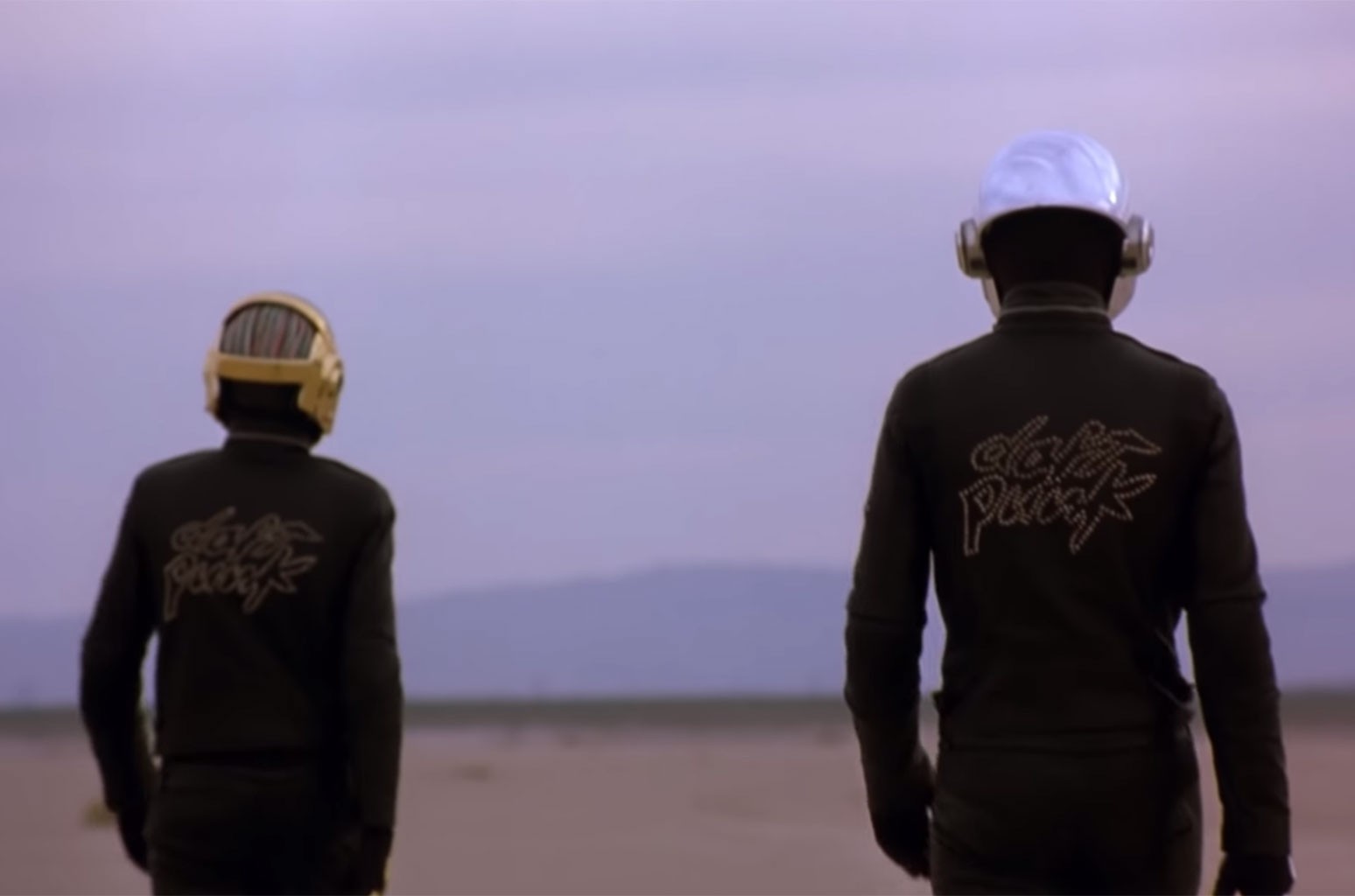DAFT PUNK CRITIQUE: THE END OF AN ERA

After four studio albums, two tours and 28 years together, Daft Punk has decided to call it quits.
A cryptic video was uploaded (this week) on Daft Punk’s YouTube page, which the duo’s publicist confirmed signified the end of their musical partnership.
A few notes on Daft Punk’s origins
Guy-Manuel de Homem-Christo and Thomas Bangalter met in 1987 as students at a secondary school in Paris. For six months in 1992, they formed a rock trio called Darlin’, with Laurent Brancowitz. They wrote four songs and released an EP that was referred to by a British music publication as, “a daft punky thrash,” leading to the duo’s name.
(What I didn’t know was that Brancowitz went on to play guitar in the alt-rock band Phoenix.)
But why did the (other) two end up deciding on the robot aesthetic?
“We did not choose to become robots,” Bangalter is reported to have said. “We were working on our sampler, and at exactly 9:09 a.m. on September 9, 1999, it exploded. When we regained consciousness, we discovered that we had become robots.”
Impact on live shows
To this day, Daft Punk’s legacy is just as driven by their unprecedented live shows.
Daft Punk’s 2006 Coachella set would be the first place I’d take a time machine to. This was the performance that caught everyone off guard, and single-handedly showed the world a new way of experiencing electronic music in a live setting. Appearing in a giant pyramid; all of the lights, with a big LED screen; and a sound that blew people’s minds: They did this massive live production before anyone else did, and the biggest acts that came in the following years like Skrillex, Deadmau5, Avicii, and many more all sought… a live performance on this type of scale.
Final album
After establishing themselves as icons in the world of electronic music from the late ‘90s to the early 2000s, Daft Punk released an album that ended up being their last. But when the pioneers of any genre work with those they respected and admired, there’s bound to be some amazing material to be made.
When 2013 came around and “Random Access Memories” was released, a friend of mine recommended I check it out. I was familiar with Daft Punk’s hits, so on my first listen through the album I wasn’t sure how to feel. Daft Punk had worked on the album from 2008 to 2012, and their goal was to use less samples and electronic elements while working more with live musicians. I smiled ear to ear as I heard the funky guitars, the groovy drum patterns, and the signature robotic sounds. It didn’t take long for me to realize how special that album was.
Standout songs, Random Access Memories
* Get Lucky – This song was a smash hit that year, and I felt obligated to continue playing it as a go-to for years afterwards (the full 6-minute version for me, though I’d opt for the radio edit too, sometimes).
* Lose Yourself to Dance – Thanks to the legendary guitar work of Nile Rogers, this song seemed to have just as much shining personality as Get Lucky, with a slower tempo that just made you want to bob your head and groove.
* Give Life Back to Music – RAM’s intro song that is also the perfect song to make an entrance, with style. The feeling of walking down the street to this song is the equivalent that of “Stayin’ Alive” by the Bee Gees.
* Doin’ it Right/Instant Crush – Both of these songs showcase the distinct sound of Daft Punk with vocals that shine.
(Also, remember when these hits began circulating and everyone was suddenly shocked to learn that Pharrell was 40 years old at the time?)
Grammy awards
I was so pleased to hear Daft Punk getting Grammy recognition in 2014. It simply felt righteous, these absolute legends who have set the bar in such an important way for EDM, to go on and team up with musicians they admired and create a sound that reflected that ‘70s/’80s disco sound while still sounding so current. I watched the Grammys that year, and just seeing them perform on TV was an incredibly cool thing, by itself. But it was an amazing moment to see the two hug it out after being announced as winners for two of the four major awards that year, both Record of the year and Album of the Year.
In total, Daft Punk received 6 Grammy wins and 12 nominations.
Robots, but they’re DJs
I’ve written before about masked musicians and what makes them unique, and I consider Daft Punk a leading example of shifting the focus away from themselves and onto the music they produced. The robot helmets definitely played a part in capturing people’s attention; how could they not, when they look that cool? But I think the intent reminds us of some important values, even outside of being famous musicians. If there is something you want to create and share with the world, or even if it’s just with the people around you, remember to use all of what makes you unique in your craft, regardless of how others view it.
“The spirit of house music, electronic music, in the beginning was to break the rules, to do things in many different ways,” said Bangalter via Grammy.com.
This story by former Advocate editor/staff writer Ryan Moore first appeared Feb. 24 on his Wordpress blog: https://poolboylive.wordpress.com/author/ryan0012/

Leave a comment